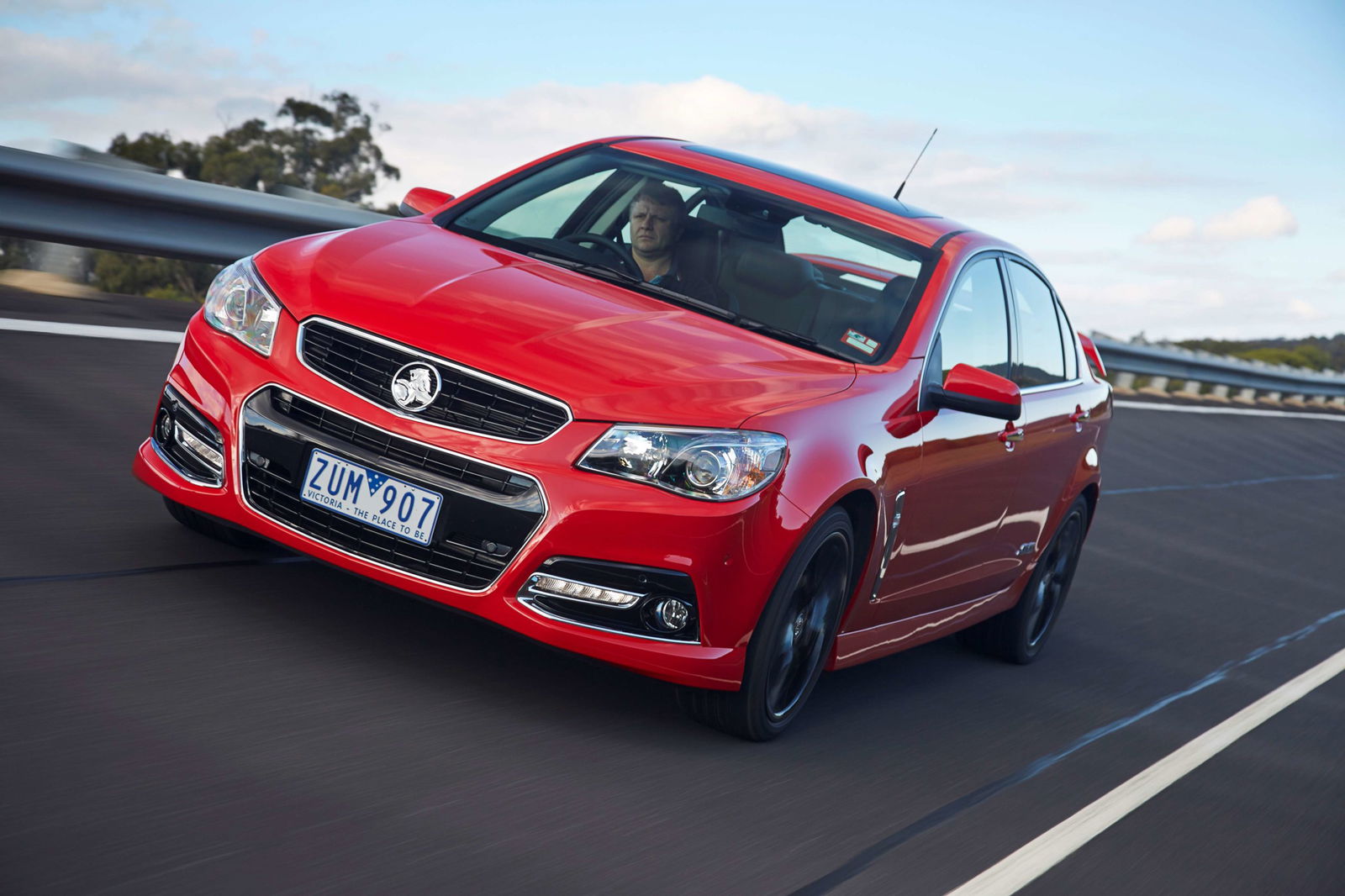
“We looked at a whole raft of strategic ideas, because we were desperate to make this business work.”
There was plenty of emotion on display when GM International chief Julian Blisset was left with the unenviable task of publicly announcing the death of Holden. Blissett and Holden’s Interim CEO, Kritisian Aquilina front the the media on Monday to explain what was happening, but also try to explain why.
Make no mistake, the death of Holden is a sad day for the Australian car industry. But it was a long-time coming. Holden has been in freefall ever since it announced the end of local manufacturing, but we’re already slowing before that decision was taken. In reality there are a lot of reasons why the brand failed, but it can summed up simply: Australia fell out of love with Holden.
Blissett and Aquilina spoke openly of the local operation working tirelessly over the past few months to come up with a plan that would not only allow Holden to survive but, in their words “flourish” and “thrive” and it couldn’t be done.
“The costs were significant and we simply couldn’t get a return on those investments,” Aquilina conceded.
Think about that: General Motors, with all of its might and global reach, didn’t have the resources to save Holden – Australia’s only homegrown car company.
GM couldn’t see a future where Australian new car buyers would return to the showroom in large enough numbers to make a revival plan work. Holden, a once mighty brand that stood atop the local industry, was no longer worth saving.
To it’s credit General Motors made an effort to keep Holden afloat. While it made for a mist-matched showroom line-up, GM produced right-hand drive models from Opel, Chevrolet and GMC to fill up Holden’s range. But while it was nice of General Motors to build the likes of the Chevrolet Equinox and GMC Acadia in right-hand drive primarily for the Australian market, it was symptomatic of a lack of long-term vision for the brand.
Holden has been clinging to life for several years, as the Australian new car market made some dramatic shifts in the past two-decades. Whereas once we bought Holden Commodores and Ford Falcons in huge numbers, these days it’s the Toyota HiLux and Ford Ranger (pictured) that are king.

The large sedan, the staple of local manufacturing fell out of favour, while Utes became more popular and small cars more spacious. SUVs rose and rose in popularity as practical and fashion desires further shifted the market away from what Holden was trying to build and sell.
The decision to build the Cruze small car in Australia was arguably the right decision, but it wasn’t the right car; falling short of its class rivals in most regards.
The decision to stop local manufacturing was ultimately the right one, neither the Cruze or Commodore sold in enough volume to continue building them; especially with the government doing little to help keep the manufacturing industry alive and healthy.
But this isn’t just because the Commodore became imported. Yes, Commodore and its local departure and uninspiring replacement hit Holden’s bottom line hard, but so did years of selling Daewoo wearing the lion badge. There is a sense amongst many consumers that Holden’s Daewoo products were inferior and it burnt a lot of the equity the brand had built up over the previous century.
How many people swapped their Holden for a Mazda, Hyundai or Toyota and never looked back? The current range is certainly an improvement over the old Daewoo models, but in truth none of them – Trax, Equinox, Acadia, Colorado, etc – are class-leading. So it’s understandable why Australian’s are choosing other brands.
Ultimately, if you’re looking for a reason why Holden died, look in your driveway and if there isn’t a Holden there you know one reason.













Discussion about this post